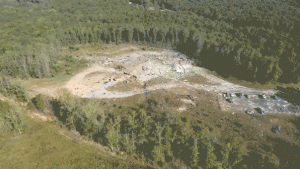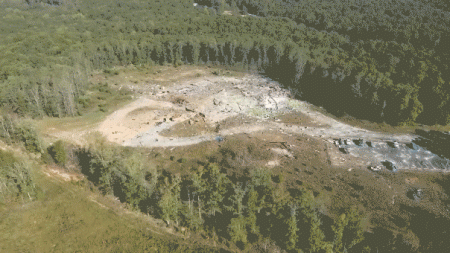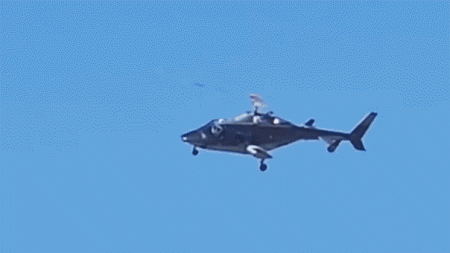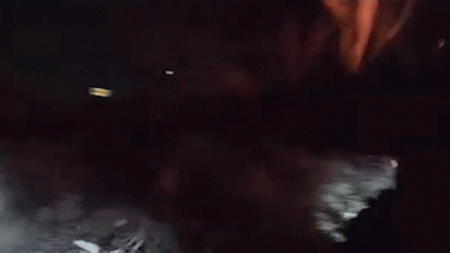The ongoing presence of unidentified flying objects (UFOs), or as they are now officially termed, Unidentified Aerial Phenomena (UAPs), has become a persistent and perplexing issue. Reports of these anomalous aerial sightings continue to emerge from various regions across the globe, sparking public curiosity, concern, and a demand for transparency from government authorities. While state and local officials have generally downplayed the potential threat posed by these objects, their reticence to offer concrete explanations has only fueled speculation and fostered an environment of uncertainty. This lack of detailed information, coupled with the often-extraordinary nature of the reported sightings, has created a complex narrative surrounding UAPs, one that interweaves genuine scientific inquiry with conjecture, conspiracy theories, and a healthy dose of public fascination.
The reports themselves are remarkably diverse, ranging from fleeting glimpses of fast-moving, seemingly intelligently controlled craft to more prolonged observations of objects exhibiting unusual flight characteristics defying conventional aerodynamic principles. Witnesses describe a variety of shapes, sizes, and behaviors, making it difficult to draw definitive conclusions or establish a consistent pattern. Some reports detail objects performing seemingly impossible maneuvers, such as instantaneous acceleration, abrupt changes in direction, and hovering silently in midair. Others involve objects emitting strange lights or displaying unusual electromagnetic signatures. This heterogeneity in the reported phenomena complicates efforts to categorize and analyze the sightings, contributing to the ongoing mystery surrounding their origin and purpose.
Adding to the complexity is the varied credibility of the reports. While some originate from trained observers, such as pilots and military personnel, others come from members of the public whose accounts may be influenced by perceptual biases, misidentification of conventional aircraft or natural phenomena, or even deliberate fabrication. Furthermore, the lack of standardized reporting procedures and the tendency for initial reports to be filtered through multiple channels before reaching the public can distort the original observations and introduce inconsistencies. These factors underscore the need for rigorous investigation and verification of each report before drawing any firm conclusions. This careful evaluation requires meticulous data analysis, corroboration from multiple sources, and consideration of all potential explanations, both conventional and unconventional.
The official response to these ongoing UAP sightings has been largely characterized by a cautious approach emphasizing public reassurance while simultaneously acknowledging the need for further investigation. Government agencies, both domestically and internationally, have initiated studies and task forces dedicated to examining the phenomenon. These initiatives aim to collect and analyze data, develop standardized reporting protocols, and ultimately determine the nature and origin of UAPs. While acknowledging the potential for national security implications, officials have generally downplayed the possibility of an extraterrestrial origin, focusing instead on the need to rule out more conventional explanations, such as advanced military technology, experimental aircraft, or atmospheric anomalies. This measured approach, while understandable from a public safety and national security perspective, has done little to quell public curiosity and has even been interpreted by some as an attempt to obfuscate the truth.
This perceived lack of transparency has contributed to the proliferation of alternative theories and conspiracy narratives, often circulating through online forums and social media platforms. These narratives range from speculation about secret government projects and advanced terrestrial technologies to more fantastical claims involving extraterrestrial visitation and covert operations. While some of these theories may seem outlandish, they highlight the public’s desire for answers and their frustration with the perceived lack of forthcoming information from official sources. This information vacuum, coupled with the inherent mystery surrounding the UAP phenomenon, creates fertile ground for speculation and contributes to the ongoing debate surrounding the topic.
Ultimately, the ongoing reports of UAPs present a multifaceted challenge that requires a multidisciplinary approach. A thorough and transparent investigation, incorporating scientific rigor, data analysis, and expert input from various fields, is essential to unraveling the mystery surrounding these enigmatic aerial phenomena. While it is crucial to approach the subject with a healthy dose of skepticism and avoid premature conclusions, it is equally important to remain open to the possibility of encountering something truly novel and unexpected. The pursuit of knowledge and understanding should drive the investigation, guided by the principles of scientific inquiry and a commitment to uncovering the truth, whatever it may be. Only through such a rigorous and unbiased approach can we hope to gain a clearer understanding of the UAP phenomenon and its implications for science, technology, and our understanding of the universe.









